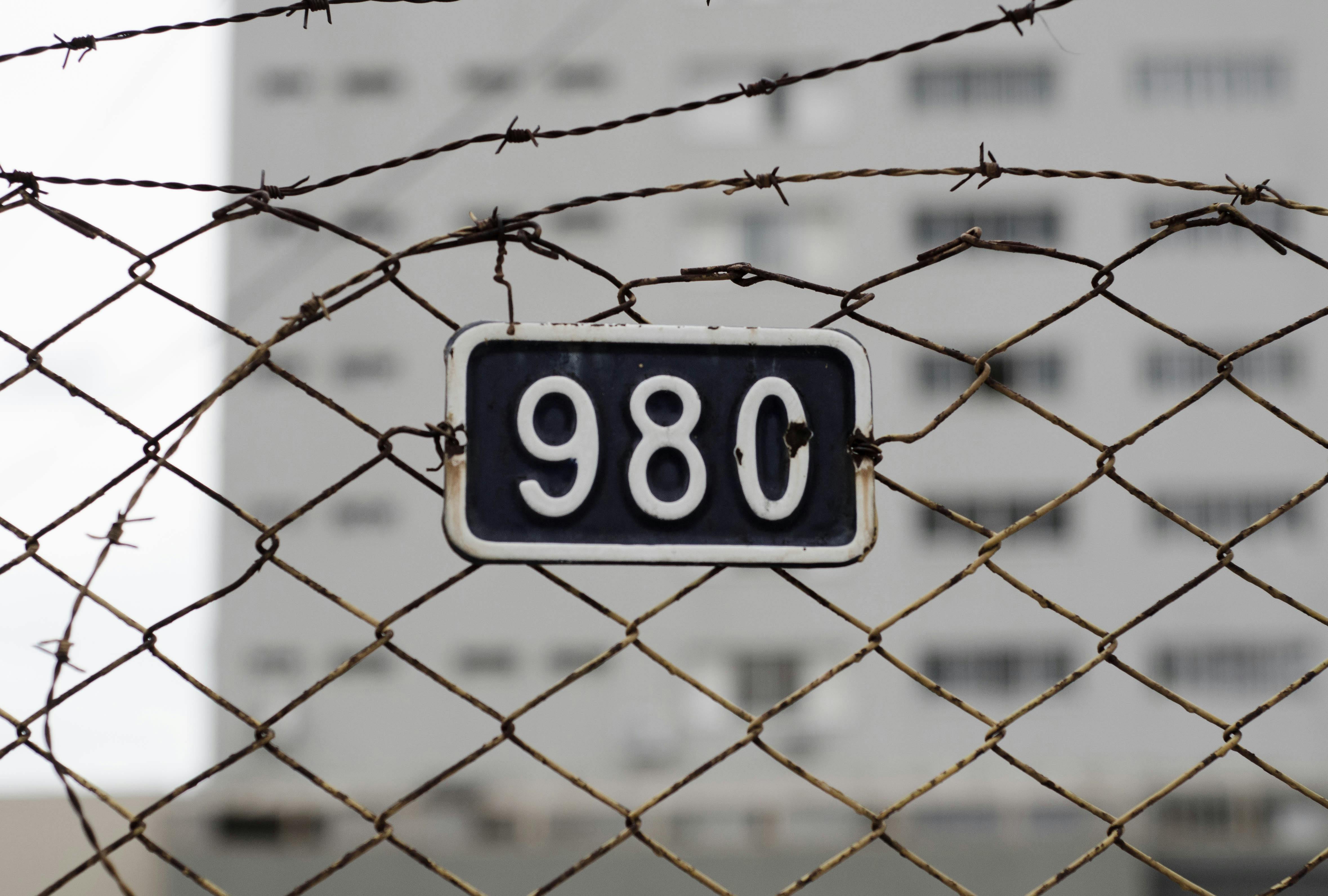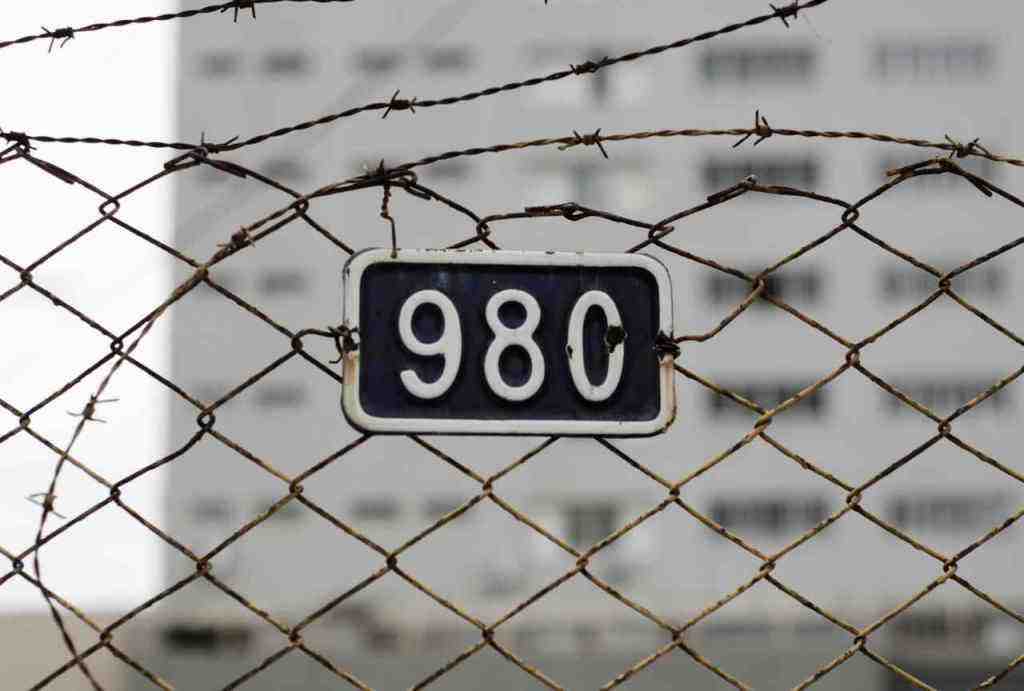How Many Bits Are in a MAC Address? A Comprehensive Guide

Understanding the fundamental components of network communication is crucial for anyone involved in IT, cybersecurity, or even advanced home networking. One of the most basic yet essential identifiers is the MAC address. This guide will delve into the specifics of MAC addresses, focusing on their bit length and what that means for network operations.
What is a MAC Address?
A MAC (Media Access Control) address is a unique identifier assigned to a network interface controller (NIC) by its manufacturer. It serves as a hardware identifier, often referred to as a physical address or burned-in address (BIA). Unlike IP addresses, which can change and are assigned logically, MAC addresses are typically hard-coded into the device’s hardware during manufacturing and are intended to be permanent. This makes them invaluable for identifying specific devices within a local network segment.
MAC addresses operate at the data link layer (Layer 2) of the OSI model, specifically within the Media Access Control sublayer. They are essential for ensuring that data packets reach the correct physical device on a local network (LAN). When data is transmitted, the source and destination MAC addresses are used to guide the data packets to their intended recipient within that network segment. They are not routable over the internet.
The Structure and Length of a MAC Address
A MAC address is fundamentally a 48-bit binary number. This 48-bit address is typically represented in hexadecimal format for human readability. It is usually displayed as six groups of two hexadecimal digits, separated by colons or hyphens. For example, a common format is 00:1A:2B:3C:4D:5E or 00-1A-2B-3C-4D-5E.
Each hexadecimal digit represents 4 bits of data (since there are 16 possible hexadecimal values, 0-9 and A-F, and 24 = 16). Therefore, 12 hexadecimal digits (6 groups of 2 digits) equate to 48 bits (12 digits * 4 bits/digit = 48 bits).. Find out more about how many bits in mac address.
Breaking Down the MAC Address Components
The 48-bit MAC address is divided into two main parts:
- Organizationally Unique Identifier (OUI): The first 24 bits (the first three pairs of hexadecimal digits) of a MAC address identify the manufacturer of the network interface controller. This OUI is assigned by the Institute of Electrical and Electronics Engineers (IEEE) to device manufacturers.
- Network Interface Controller (NIC) Specific: The remaining 24 bits (the last three pairs of hexadecimal digits) are assigned by the manufacturer to uniquely identify each specific device within their product range.
This structure ensures that each MAC address is globally unique, as the OUI identifies the manufacturer, and the manufacturer then assigns a unique identifier to each of its devices.
How Many Bits Are in a MAC Address? The Answer. Find out more about explore 48 bit mac address structure.
To directly answer the question, a MAC address is comprised of 48 bits. This 48-bit length allows for a vast number of unique addresses, theoretically providing 248, or approximately 281 trillion, possible MAC addresses.
MAC Address Formatting and Notations
While the underlying structure is 48 bits, MAC addresses can be presented in several common formats:
- Colon-Hexadecimal Notation: This is perhaps the most common format, using colons to separate pairs of hexadecimal digits (e.g., 00:1A:2B:3C:4D:5E).
- Hyphen-Hexadecimal Notation: Similar to the colon format, but uses hyphens as separators (e.g., 00-1A-2B-3C-4D-5E). This is often the default in Windows systems.
- Period-Separated Hexadecimal Notation: Less common, this format groups digits with periods (e.g., 001.B44.113.AB7). Cisco systems sometimes use variations of this.. Find out more about discover mac address oui meaning.
It’s important to note that these are just different ways of representing the same 48-bit value. The underlying data remains consistent regardless of the notation used.
MAC Address vs. IP Address
It is common to confuse MAC addresses with IP addresses, but they serve distinct purposes in networking:
- MAC Address: A hardware identifier, unique to each network interface, operating at Layer 2 (Data Link Layer). It is used for communication within a local network segment.
- IP Address: A logical identifier, assigned to a device’s network connection, operating at Layer 3 (Network Layer). It is used for communication across different networks, including the internet. IP addresses can be dynamic or static and can change.
Protocols like the Address Resolution Protocol (ARP) are used to map IP addresses to MAC addresses on a local network, enabling devices to communicate effectively.. Find out more about understand mac address vs ip address explained.
Recent Developments and Future Considerations
While the 48-bit MAC address (EUI-48) has been the standard for decades, the IEEE also manages the EUI-64 standard for longer identifiers. However, for most common networking technologies like Ethernet and Wi-Fi, the 48-bit MAC address remains the prevalent standard.
The IEEE has a target lifetime of 100 years for the EUI-48 space, indicating its continued relevance. While MAC addresses are generally considered unchangeable, many network interfaces allow for their MAC addresses to be changed or “spoofed” for various reasons, such as troubleshooting or security testing.
Conclusion
In summary, a MAC address is a critical 48-bit hardware identifier assigned to network interfaces. Its structure, comprising an OUI for manufacturer identification and a unique device identifier, ensures global uniqueness. Understanding the bit length and format of MAC addresses is fundamental to grasping how devices communicate at the local network level.
